Garges Family of Anandale Farm: How a family who built up a village lost it all by opposing secession |
|
by Debbie Robison December 1, 2012 |
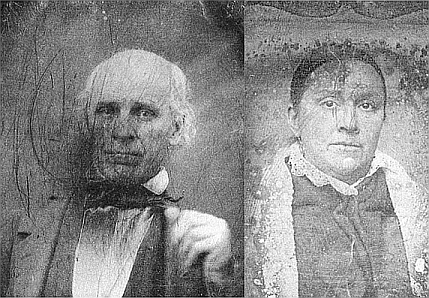 In 1820 William Garges, a former
merchant from Bucks County, Pennsylvania, purchased 134 acres at the
intersection of Backlick Road and the Little River
Turnpike.[1]
He had a house built that same year for his family. At the time, he and his wife, Susan, had at least six children whose ages ranged from infant to 12
years old.[2]
In 1820 William Garges, a former
merchant from Bucks County, Pennsylvania, purchased 134 acres at the
intersection of Backlick Road and the Little River
Turnpike.[1]
He had a house built that same year for his family. At the time, he and his wife, Susan, had at least six children whose ages ranged from infant to 12
years old.[2]
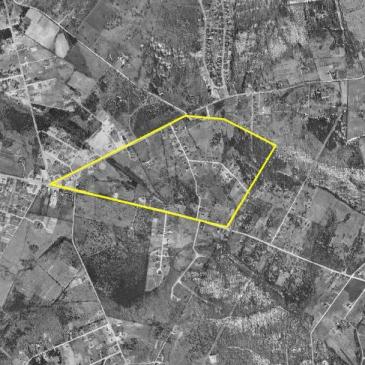
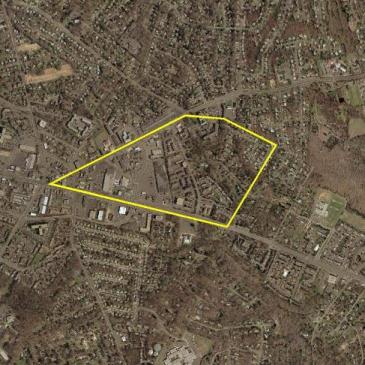
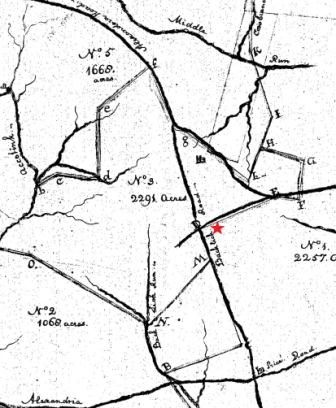
|
| NOTICE. I WILL sell at private sale, my ANANDALE FARM, in Fairfax County, Va., 7 1/2 miles from Alexandria, containing 133 acres, on the Little River Turnpike. WM GARGES |
John Henry Garges, his son,
purchased a small triangular-shaped lot at the intersection of Backlick Road and Little River Turnpike from his father in
1843.[8]
This land included the house where his father resided and the blacksmith shop. John
Henry Garges established a plough and wagon factory
at Anandale. The factory was destroyed by fire in
1845, along with valuable timber, tools, and several new wagons.[9]
He evidently rebuilt his business. The 1850 industry non-population census
indicates that Garges was in the blacksmith and
wheelwright business making wagons, horseshoes, and “farm work.”[10]
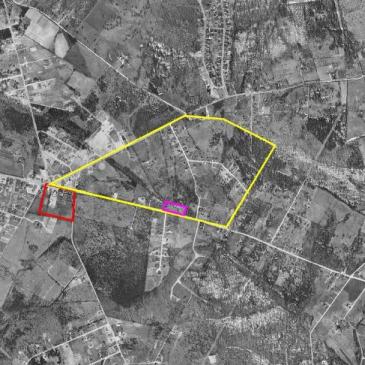
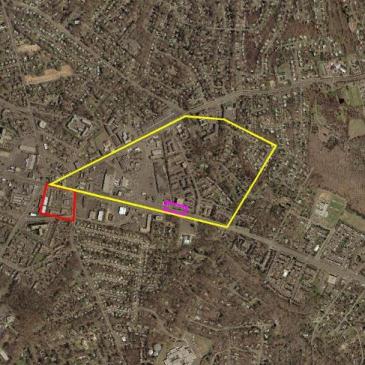
|
| IMPACT OF CIVIL WAR |
John Henry Garges was
detrimentally impacted by his strong pro-union sentiments at the time of the
Civil War. He was a devoted republican who was arrested in 1859 for circulating,
through the post office at Anandale, Hinton Helper’s
book The Impending Crisis of the South, which
advanced the abolitionist theory that slavery hurt the economic prospects of
the majority of southern whites. Distributing the book was viewed as an act of
sedition. James W. Jackson, an outspoken southern aggressor who killed Colonel
Ellsworth at Marshall House in Alexandria at the start of the war, notified the
newspaper of Garges arrest.[18]
Jackson, along with Joseph Edward Monroe, also arrested Garges
neighbor, Thomas Crux, when Crux was trying to get away. Crux made it as far as
the Long Bridge.[19]
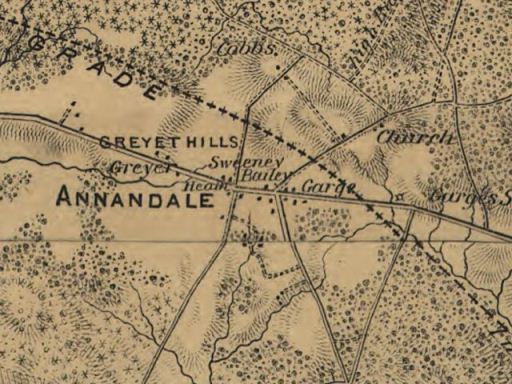
Endnotes [1] Fairfax County Deed Book (FX DB) R2(44)357, 06 May 1820. [2] Fairfax County Land Tax Ledger of 1821. Ledger indicates a house value of $528. The following year there is a notation that $3.95 per acre was added to the assessment due to improvements. Since this works out to be about $528, there must not have been any improvements previously. Genealogy is based on census data. [3] FX DB A2(27)186, Surveyed ca. December 1792 and recorded 14 July 1797. [4] FX DB J3(62)221, 12 Aug 1843. Deed notes location of smith’s shop and the approximate location of the house. [5] William Garges, “A Valuable Farm for Sale,” Alexandria Gazette, 17 Aug 1853, p. 2 [6] Record of Appointment of Postmasters, 1832- Sept 20, 1971, Virginia Post Offices, Microfilm, Virginia Room, Fairfax County Public Library, Fairfax, VA. [7] Alexandria Gazette, 17 Dec 1841, p. 3. [8] FX DB J3(62)221, 12 Aug 1843. [9] Alexandria Gazette, 05 Nov 1845, p. 2. [10] Fairfax County Industry Non-population Census, 1850, microfilm, Virginia Room, Fairfax County Public Library, Fairfax, VA. [11] FX DB V3(74)43, 25 Sep 1854. [12] Evening Star (Washington, DC), 02 Nov 1904, p. 5. [13] FX DB W3(75)413, 22 Nov 1854. [14] Alexandria Gazette, February 26, 1855, p. 3. [15] FX DB L3(64)294, 01 Oct 1846. [16] Alexandria Gazette, December 15, 1846, p.2. [17] Congressional Court of Claims, No. 13626, United States Congress, Congressional Edition, Vol. 6597, Document 519, Trustees of the Methodist Episcopal Church, South, of Annandale, VA, as viewed on Google Books. [18] Alexandria Gazette, December 22, 1859, p. 3. [19] Anonymous, Life of James W. Jackson, The Alexandria Hero, The Slayer of Ellsworth, West & Johnston, Richmond, 1862, pp. 22,23. As viewed on Internet Archive http://archive.org/index.php [20] John H. Garges deposition, Southern Claims Commission, Ambrose Cock Sr. petition number 2011, as viewed on www.ancestry.com. [21] The Ordinance of Secession, list of votes by precinct, Fairfax County Circuit Court historical records, Fairfax, Virginia, viewed online at http://www.fairfaxcounty.gov/courts/circuit/pdf/ordinance-of-secession.pdf on November 27, 2012. [22] John H. Garges deposition, Southern Claims Commission, John H. Sweeney petition number 2007, as viewed on www.ancestry.com. [23] John H. Garges deposition, Southern Claims Commission, John H. Sweeney petition number 2007, as viewed on www.ancestry.com. Also, John H. Garges deposition, Southern Claims Commission, Ambrose Cock Sr. petition number 2011, as viewed on www.ancestry.com. [24] John H. Garges deposition, Southern Claims Commission, Ambrose Cock Sr. petition number 2011, as viewed on www.ancestry.com. [25] Federal Census of 1860. [26] Edward McPherson, Digested Summary and Alphabetical List of Private Claims, Washington, Government Printing Office, 1873, p. 167. Viewed on Google Books. [27] Alexandria Gazette, 17 Aug 1867, p. 2; Also Alexandria Gazette, 17 Mar 1871, p. 3. |

| Home |
 |
| © Debbie Robison, unless otherwise noted. All rights reserved. |